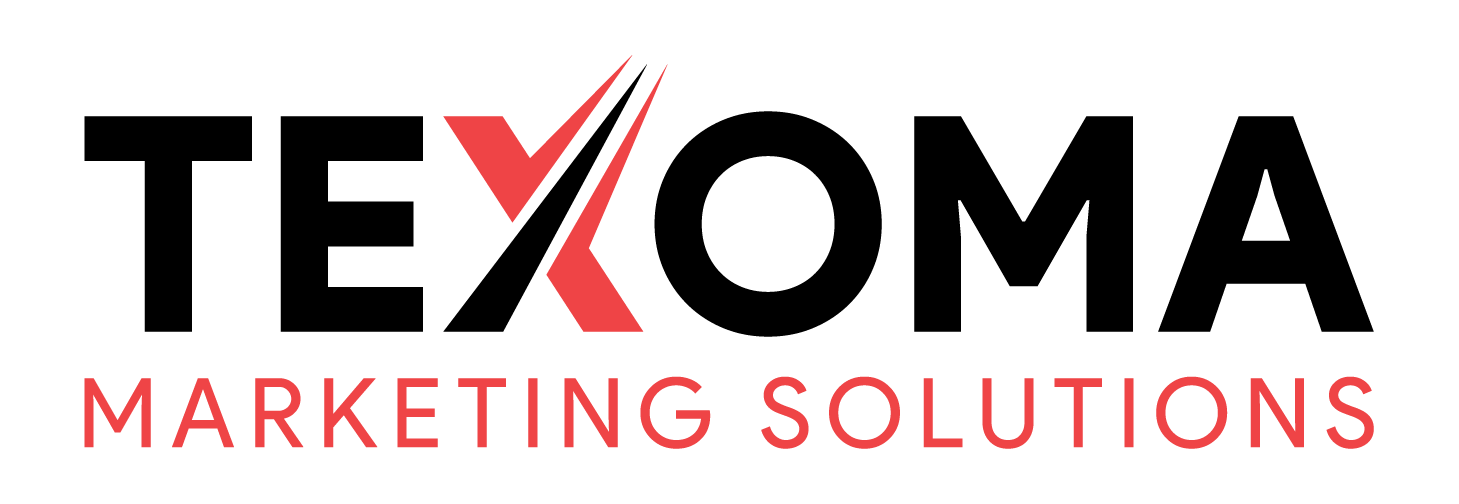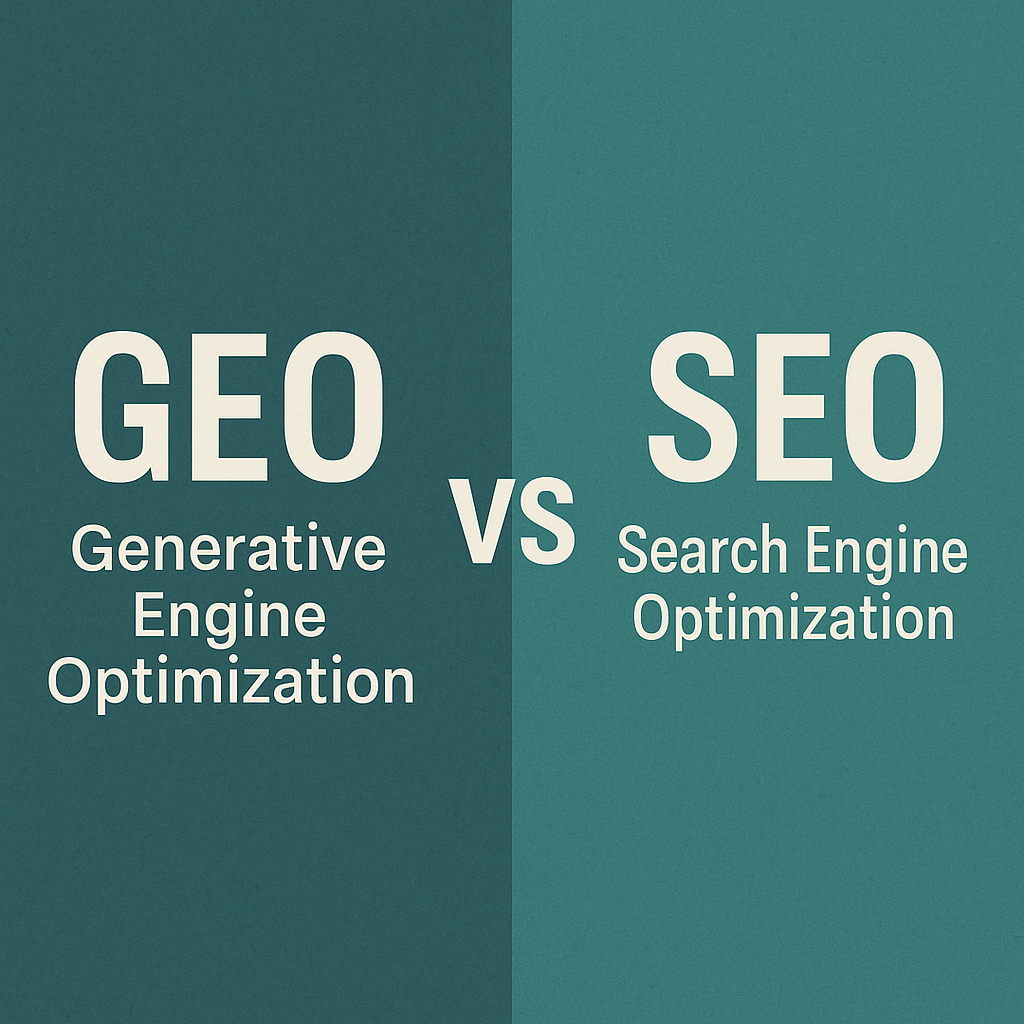As search engines evolve, local businesses in the Texoma area need to pay attention to a new acronym on the block: GEO — short for Generative Engine Optimization.
At Texoma Marketing Solutions, we’ve helped clients grow through proven SEO strategies for years. But with the rise of AI-powered search tools like Google’s Search Generative Experience (SGE) and platforms like ChatGPT and Perplexity, it’s time to start thinking about how your business shows up in AI answers — not just search engine results.
Here’s a breakdown of SEO vs GEO, and what it means for businesses in Sherman, Denison, Durant, Gainesville, and beyond.
What Is SEO?
Search Engine Optimization (SEO) is the process of optimizing your website to rank higher in traditional search results. That includes:
- Adding relevant keywords
- Structuring content for Google
- Earning backlinks
- Improving page speed and mobile responsiveness
- Optimizing your Google Business Profile
For example, if someone searches “best electrician in Sherman,” SEO helps your business show up in the results — especially in the local map pack.
What Is GEO?
Generative Engine Optimization (GEO) focuses on making your content visible to AI engines — like the ones that generate answers in:
- Google’s AI Overviews (SGE)
- ChatGPT browsing responses
- Perplexity.ai and other AI search tools
Instead of just aiming to be on page 1 of Google, GEO helps your business become part of the actual answers AI gives users. That might look like:
- Your blog post being quoted in a summary
- Your business cited in an AI-generated recommendation
- Your service description used to answer a user’s question
GEO is newer, but it’s already changing how people discover businesses — especially when they skip past search results in favor of AI summaries.
SEO vs GEO: What’s the Real Difference?
| Feature | SEO | GEO |
|---|---|---|
| Target Audience | Search engine algorithms (Google, Bing) | AI models generating answers (SGE, ChatGPT, etc.) |
| Content Style | Keyword-focused, structured | Clear, factual, quotable |
| Goal | Ranking in search results | Being cited in AI-generated responses |
| Strategy Timeline | Long-term | Emerging, fast-moving |
| Best for… | Ongoing visibility | Early-mover advantage in AI-driven discovery |
Why GEO Matters in Texoma
People searching for businesses in Sherman, Denison, or Gainesville aren’t just Googling anymore — they’re asking ChatGPT, relying on Google’s AI summaries, or using Perplexity to find answers fast.
Example:
Someone asks, “Who’s the best pest control company near Lake Texoma?”
With SEO, you’d aim to rank in the top 3 search results.
With GEO, you want the AI itself to mention your business in its summary.
How to Optimize for GEO
- Create clear, factual content
Write in a way that answers specific questions — think “What services does [Business] offer in Denison, TX?” - Use schema markup
Help AI understand your content with structured data. - Be quotable
Use concise, direct answers that AI models can easily cite. - Build trust signals
Highlight expertise, awards, reviews, and original content. - Stay active across platforms
AI engines pull from blogs, directories, social media, and review sites — not just your website.
Final Thoughts: Do You Need SEO or GEO?
Both.
- SEO is still essential for long-term visibility in traditional search.
- GEO is your chance to get ahead of the curve as AI-driven search becomes the norm.
At Texoma Marketing Solutions, we help businesses adapt to both — ensuring you’re not just found, but featured in the answers your customers trust.
Let’s future-proof your visibility.
Contact us today to see which approach fits your business best.




